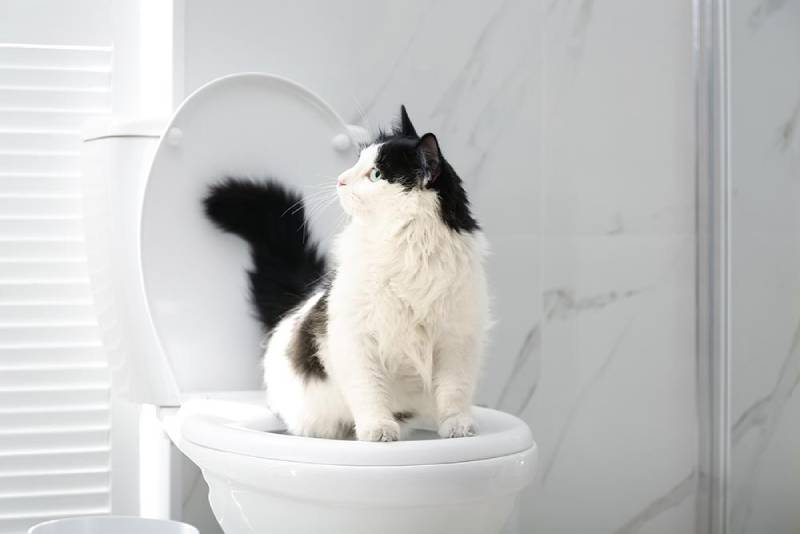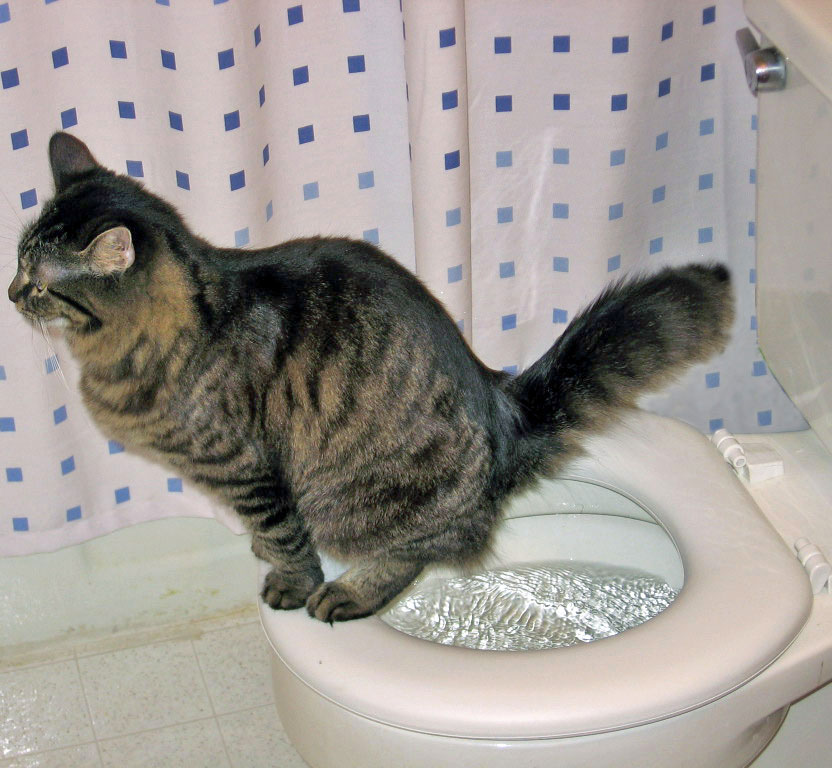Our Significance of Not Getting rid of Animal Waste Down the Toilet
Our Significance of Not Getting rid of Animal Waste Down the Toilet
Blog Article
Any individual has their personal opinion on the subject of Should you flush animal waste down the toilet.

When it involves taking care of waste, specifically animal waste, many individuals frequently resort to the hassle-free choice of flushing it down the bathroom. However, this apparently simple service can have serious effects for the atmosphere and public health. In this short article, we'll discover why flushing pet waste down the bathroom is a negative idea and offer alternative approaches for correct disposal.
Intro
Appropriate waste disposal is essential for maintaining ecological sustainability and public health. While it may appear harmless to flush animal waste down the commode, it can result in different concerns, both for the setting and human health.
Risks of flushing pet waste
Ecological effect
Purging pet waste presents harmful bacteria and pathogens into waterways, which can negatively affect aquatic ecosystems. These microorganisms can contaminate water sources and damage aquatic life, interrupting fragile ecosystems.
Public health worries
Animal waste has damaging microorganisms such as E. coli and Salmonella, which can present significant wellness dangers to people. Purging pet waste down the commode can contaminate water supplies, resulting in the spread of illness and infections.
Alternatives to flushing
Rather than flushing pet waste down the toilet, there are numerous alternative disposal techniques that are more environmentally friendly and sanitary.
Composting
Composting animal waste is an environment-friendly means to deal with it. By composting, raw material is broken down into nutrient-rich soil, which can be used to fertilize gardens and plants.
Landfill disposal
Dealing with animal waste in a landfill is another alternative. While not as environmentally friendly as composting, it is a much safer option to flushing, as it avoids the contamination of water sources.
Family pet waste disposal systems
There are specific family pet waste disposal systems offered that safely and hygienically get rid of pet waste. These systems often use enzymes to break down waste and remove smells.
Actions to appropriate animal waste disposal
To ensure correct disposal of pet waste, adhere to these actions:
Scooping and getting waste
On a regular basis scoop and bag pet waste using biodegradable bags. This prevents waste from infecting the atmosphere.
Utilizing assigned waste bins
Dispose of bagged animal waste in designated waste bins, such as garden compost bins or landfill containers. Prevent flushing it down the toilet in all costs.
Cleansing litter boxes and pet locations frequently
Routinely tidy litter boxes and pet dog areas to avoid the buildup of waste and microorganisms. Use pet-safe cleansing items to maintain hygiene.
Advantages of appropriate disposal approaches
Embracing correct disposal techniques for pet waste provides numerous benefits:
Lowered environmental pollution
Proper disposal approaches reduce the risk of environmental pollution, securing waterways and environments from contamination
Minimized danger of water contamination.
By staying clear of flushing animal waste down the commode, the risk of water contamination is substantially decreased, guarding public health.
Improved cleanliness and health
Proper disposal techniques advertise far better sanitation and hygiene, producing a much safer atmosphere for both people and animals.
Conclusion
In conclusion, flushing pet waste down the commode is harmful to the atmosphere and public health. By embracing different disposal approaches and following appropriate waste administration methods, we can decrease the adverse impact of pet waste and add to a cleaner, much healthier earth.
What To Do With Dog Poo – The Do's And Don'ts Of Disposing Of Faeces
Dog poo bins
Some councils provide dedicated dog waste bins in popular dog-walking areas that can take dog poo that has been bagged but you can legally dispose of dog waste in any public litter bin, as long as it is securely bagged. This also applies to your wheelie bin at home.
Do not flush
Water companies do not recommend flushing dog faeces down the toilet because certain parasites can survive the water processing treatment and are potentially harmful to humans. You should also never consider flushing dog poo that has been bagged down the toilet as the bags will not break down and instead create severe blockages in the sewage system.
In the woods
The Forestry Commission promotes a ‘stick and flick’ method for dealing with waste in the woods. This means finding a stick and using it to flick any poo from off the path so that it is out of the way of other walkers. You could also bury it as long as it is not in an area where there might be livestock.
Livestock
Parasites found in dog poo can be transmitted to livestock if they inadvertently eat infected faeces that has been left on grazing land. This could result in the death of sheep or abortion in cattle so you should always make sure you pick up your dog’s waste in fields where livestock could be present.

Routinely tidy litter boxes and pet dog areas to avoid the buildup of waste and microorganisms. Use pet-safe cleansing items to maintain hygiene.
Advantages of appropriate disposal approaches
Embracing correct disposal techniques for pet waste provides numerous benefits:
Lowered environmental pollution
Proper disposal approaches reduce the risk of environmental pollution, securing waterways and environments from contamination
Minimized danger of water contamination.
By staying clear of flushing animal waste down the commode, the risk of water contamination is substantially decreased, guarding public health.
Improved cleanliness and health
Proper disposal techniques advertise far better sanitation and hygiene, producing a much safer atmosphere for both people and animals.
Conclusion
In conclusion, flushing pet waste down the commode is harmful to the atmosphere and public health. By embracing different disposal approaches and following appropriate waste administration methods, we can decrease the adverse impact of pet waste and add to a cleaner, much healthier earth.
What To Do With Dog Poo – The Do's And Don'ts Of Disposing Of Faeces
Dog poo bins
Some councils provide dedicated dog waste bins in popular dog-walking areas that can take dog poo that has been bagged but you can legally dispose of dog waste in any public litter bin, as long as it is securely bagged. This also applies to your wheelie bin at home.
Do not flush
Water companies do not recommend flushing dog faeces down the toilet because certain parasites can survive the water processing treatment and are potentially harmful to humans. You should also never consider flushing dog poo that has been bagged down the toilet as the bags will not break down and instead create severe blockages in the sewage system.
In the woods
The Forestry Commission promotes a ‘stick and flick’ method for dealing with waste in the woods. This means finding a stick and using it to flick any poo from off the path so that it is out of the way of other walkers. You could also bury it as long as it is not in an area where there might be livestock.
Livestock
Parasites found in dog poo can be transmitted to livestock if they inadvertently eat infected faeces that has been left on grazing land. This could result in the death of sheep or abortion in cattle so you should always make sure you pick up your dog’s waste in fields where livestock could be present.

As a fervent person who reads on Should you flush animal waste down the toilet, I assumed sharing that blog post was a great idea. Do you know another person who is in the market for the topic? Take a moment to promote it. I praise you for your time. Revisit us soon.
This Resource Report this page